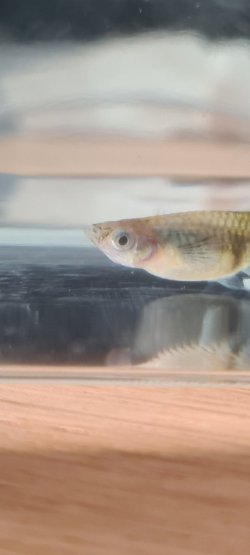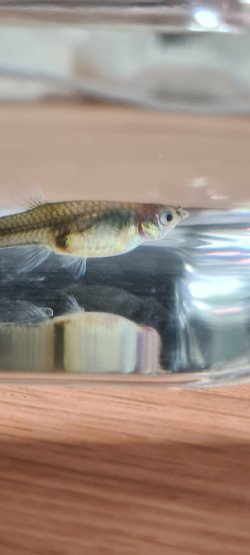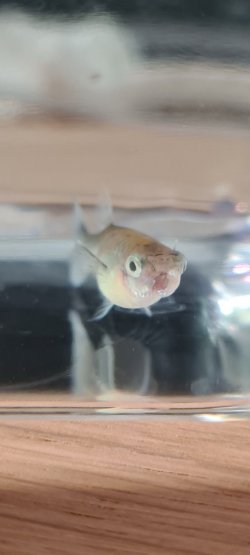Seapotatoe
New Member
I just noticed one of my female guppy's mouth looks weird- it's open and she seems to not be able to close it, although she is moving it. She was also chilling at the bottom of the tank when I found her. This just happened w/i the last hour or so. I have five other females in a heavily planted 10g tank with a mystery snail. None of the other fish seem to be acting weird. I separated her into a quarantine container, and dosed her with a little bit of Stress-Guard.
The tank has been up for about 8 months now, and i do 25% water changes ever week or so, and use prime and stability during them. My nitrates are between 0-10ppm, Nitrites and ammonia at 0, PH at 6.8.
I feed Hikari micro pellets, so I guess it is possible something is stuck in her mouth, although I dont see anything. Could this be cotton mouth? And has anyone has success with any treatments?
The tank has been up for about 8 months now, and i do 25% water changes ever week or so, and use prime and stability during them. My nitrates are between 0-10ppm, Nitrites and ammonia at 0, PH at 6.8.
I feed Hikari micro pellets, so I guess it is possible something is stuck in her mouth, although I dont see anything. Could this be cotton mouth? And has anyone has success with any treatments?





